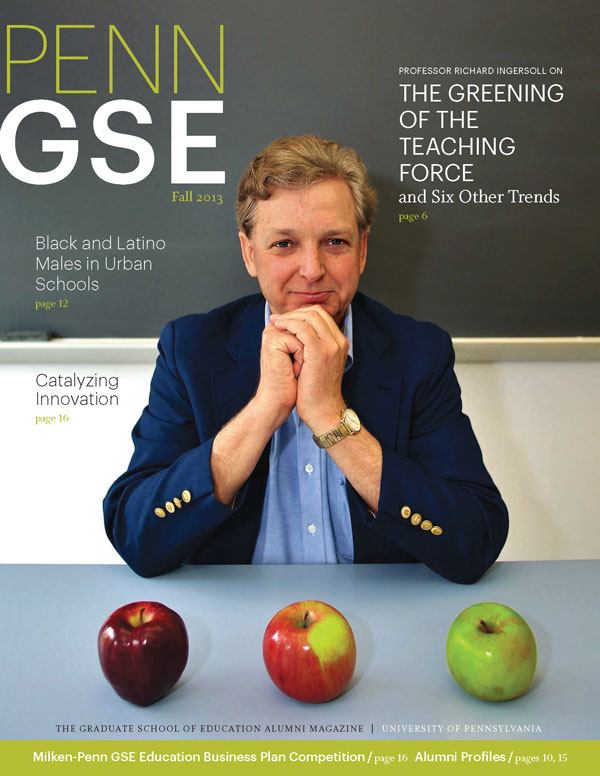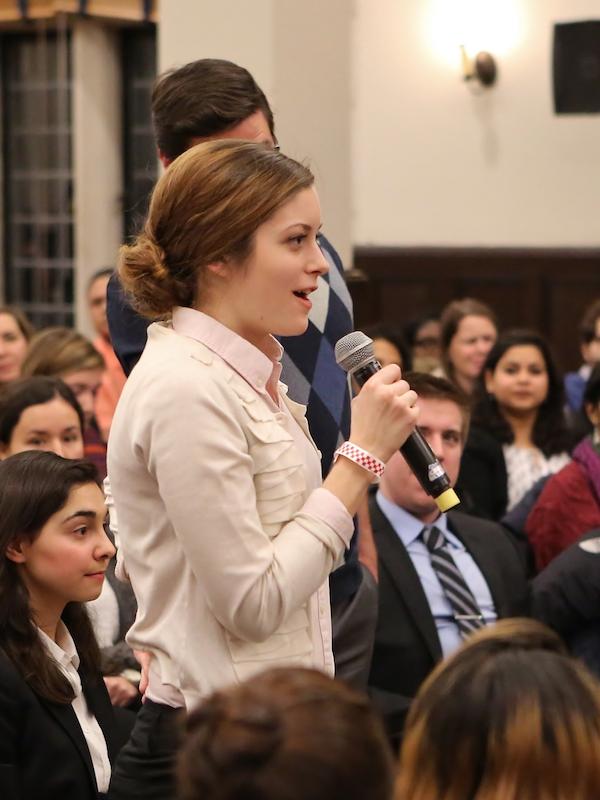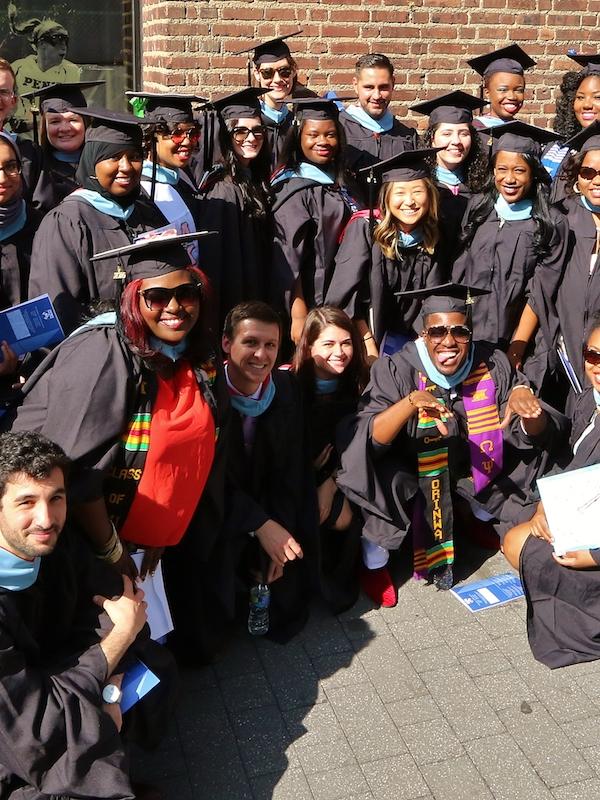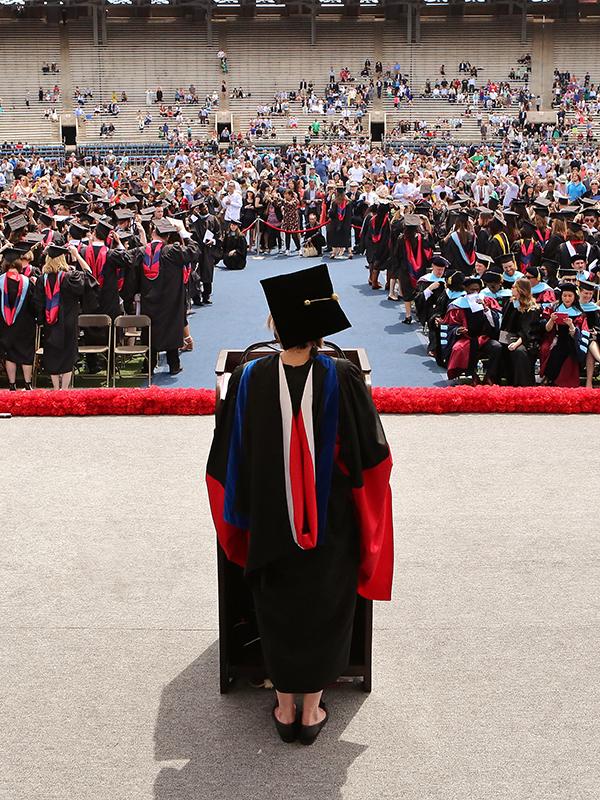The Changing Face of the Teaching Force: Professor Richard Ingersoll on Greening and Six Other Trends
by Juliana Rosati
“Greening is surprising because of not only the proportion of new teachers, but also the sheer number.”
Picture a school classroom in 1987. Who do you expect to see standing in front of the chalkboard? How would you describe the person, neon fashion statements aside? Now picture a classroom today. Does your description of the teacher change?
There is surprising evidence that it should, according to Penn GSE’s Professor Richard Ingersoll, GR’92, and doctoral student Lisa Merrill. Their study, based on the largest and most comprehensive available source of data on teachers, reveals that the teaching force in the United States has undergone a dramatic transformation in recent decades.
“The teaching force is changing in very big ways with very big implications,” says Dr. Ingersoll, Professor of Education and Sociology and Board of Overseers Chair of Education at GSE. Considered the nation’s premier expert on teacher supply, demand, and retention, Dr. Ingersoll has produced work that has been cited in speeches by President Clinton, influenced the No Child Left Behind Act, and appeared in major reports by organizations such as President Obama’s Council of Advisors on Science and Technology. As a senior researcher at the Consortium for Policy Research in Education (CPRE), he brings his findings directly to the hands of policy makers.
Now, the startling changes that he and Merrill have exposed in their report, “Seven Trends: The Transformation of the Teaching Force,” are prompting key questions about impact on students, school district budgets, and more. Featured in USA Today, The Huffington Post, and elsewhere, the trends challenge assumptions about the age, gender, and racial and academic backgrounds of teachers, and show major shifts in the overall size and stability of the teaching profession.
“If you’re thinking about doing reform on any level in public education, understanding these national trends is crucial,” says Merrill, a doctoral student in GSE’s Education Policy program who cowrote the study and continues to work with CPRE as a research associate at the Research Alliance for New York City Schools. “Initiatives at the local level could have unintended consequences if the national context isn’t taken into account.”
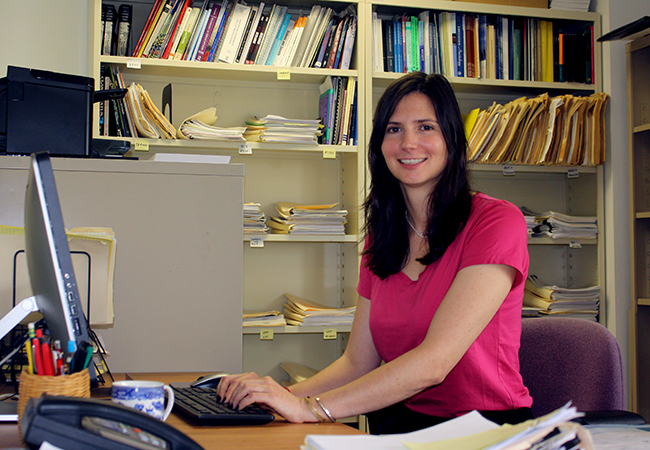
The trends, first published by Penn GSE and CPRE in the 2012 report by Dr. Ingersoll and Merrill and here updated with new data, are like clues to a mystery. For each, Dr. Ingersoll notes, future research must answer two chief questions. “There’s the ‘Why?’ question— why is this happening?” he says. “Then there’s the ‘So what?’ question—what are the implications and the consequences?”
Greening and Graying: Two Opposite Trends
Education experts have long predicted that a teacher shortage would result from the “graying” of the teaching force as the baby boom generation approached retirement. Such warnings continue today, but the report’s data show that the graying process has nearly run its course. Overtaking it is an opposite and previously unrecognized trend—“greening,” a vast increase in the proportion of teachers who are beginners.
“In the late 1980s, the modal, or most common, teacher was a fifteen-year veteran,” says Dr. Ingersoll. “Flash forward two decades, and the most common teacher is someone in their first year of teaching.”
He and Merrill analyzed data from the U.S. Department of Education’s Schools and Staffing Survey and Teacher Follow-Up Survey to unmask this greening and the other trends. They considered data from 1987 to 2008 for their report, and have now incorporated more recent data that is newly available in some areas.
Greening raises important questions about how teachers’ experience levels impact learning. “There are certain pros and cons that we’d like to weigh,” says Dr. Ingersoll. “Some people might say greening is good because you have more fresh blood and youthful energy in teaching. On the other hand, you need some veterans to provide mentoring and leadership.” While seasoned teachers still accounted for a quarter of the teaching force in 2007- 2008, many schools had few.
Greening is surprising because of not only the proportion of new teachers, but also the sheer number. In the late 1980s, each year brought 65,000 newcomers to the teaching force; by the late 2000s, that number was 200,000—a massive shift caused by another major development, an overall ballooning of the teaching force.
Ballooning: A Ticking Time Bomb
The largest occupation in the nation, pre-K–12 teaching saw a staggering increase between 1987 and 2008 that has yet to be fully explained despite numerous theories. The profession grew by 48 percent, far outpacing a 19 percent growth in student enrollment.
Reduced class sizes explain only a small piece of the growth, according to Dr. Ingersoll. New hiring in a few content areas accounts for more, approximately half of the increase. These areas include elementary enrichment, special education, and middle and secondary mathematics and science.
Dr. Ingersoll believes that of all the trends in the report, ballooning most urgently calls to be better understood. “In any school district, the biggest budget item is teacher salaries. Increasing the number of teachers at two and a half times the client base is simply not sustainable,” he says. “I see this as a ticking time bomb.” Though the ballooning did level out between 2008 and 2012 as a result of the economic downturn, its financial impact and that of greening have not gone away, and could intensify as the economy improves. There are now more teachers to pay, but the typical salary is lower since so many are beginners. “We need to understand what has been the total bill to the education system of these two different trends,” says Dr. Ingersoll.
More Racial Diversity: An Unheralded Success
Defying conventional wisdom, a hidden success story about minority teacher recruitment has emerged from the teaching force study.
“There’s been a lament that the teaching force doesn’t look like America and it doesn’t look like the students,” says Dr. Ingersoll. “And that’s true, but it’s decreasingly true.” While the proportion of minority students in schools is still far greater than that of minority teachers, between 1987 and 2012 the percentage of minority teachers increased faster than that of minority students, from 12.4 percent to 17.3 percent. The ballooning of the teaching force makes the increase even more notable—in those decades, the number of minority teachers more than doubled, jumping from 325,000 to 666,000.
The data show that minority teacher recruitment efforts have made real progress. “It’s an unheralded success,” says Dr. Ingersoll.
Yet that success is threatened by the turnover rates of minority teachers, which are much higher than those of white teachers, and have also increased. “If those could be slowed down, then the gap between the proportions of minority teachers and students could really close much faster,” says Dr. Ingersoll, who believes that new retention e orts could be the answer.
Less Gender Diversity: A Blast from the Past
Another unexpected finding is that teaching is more than ever before a female-dominated occupation, with the proportion of women surging from two-thirds to more than three-quarters between 1987 and 2012.
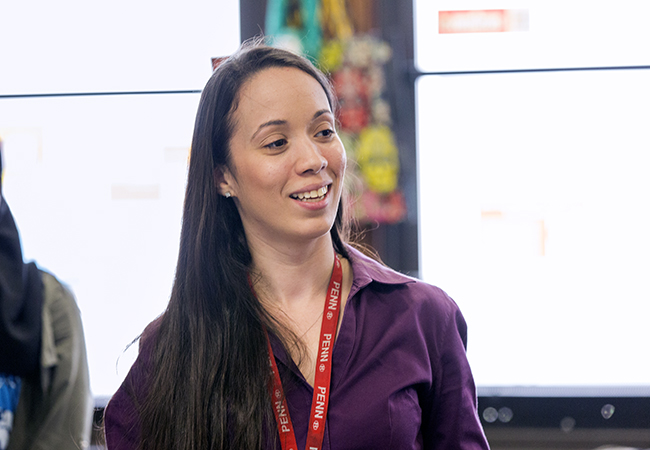
“Are the implications good or bad? We can’t yet say,” says Dr. Ingersoll. One potential concern is the unknown effect of providing fewer male role models for students. Another is that the teaching profession could become more susceptible to gender-based perceptions that historically have devalued women’s work and fostered under-compensation.
Consistent Academic Ability: Still Drawing the “Best and Brightest”
Countless political speeches have addressed the widespread belief that teaching is less attractive to the “best and brightest” students than other career paths. But this piece of conventional wisdom too has undergone a reality check.
“There was the sense that, historically, since women didn’t have other options, the country had gotten a relatively well educated, talented group of women for a relatively low wage—that essentially women had subsidized the education system for a century,” says Dr. Ingersoll. “The argument is that because women now have other options, the academic ability of women going into teaching has declined.”
While there are no standard criteria that de ne the “best and brightest” teaching candidates, measures of the selectivity of colleges attended by teachers tell a different story than one might expect. Based on the rankings in Barron’s Profiles of American Colleges, the overall proportion of female teachers who graduated from top colleges did not change meaningfully between 1987 and 2008. When the data are separated by gender, it is male teachers who are less likely than before to have graduated from top institutions.
“Not only has the quantity of teachers who are women gone up; the quality, given these measures of quality, hasn’t gone down,” says Dr. Ingersoll.
Less Stable: Troubling Turnover
Already a profession with relatively high turnover rates, teaching saw a 41 percent increase in the rate of attrition, or departures from the field, from the late 1980s and 2009. That number is even more concerning when greening and ballooning are factored in. Beginners have the highest attrition rate of all, with 40 to 50 percent leaving the field within five years. And there are more beginners today than ever before.
“In plain terms, the largest portion, beginners, of the largest occupation in the nation, schoolteachers, is decreasingly stable,” says Dr. Ingersoll.
The research shows that this new instability is a significant cause of shortages of qualified mathematics and science teachers, and of minority teachers, especially in disadvantaged schools. In addition, the departures may signal underlying problems in the working conditions of schools, and result in significant costs to the educational system.
“There’s nothing wrong with some people quitting—that happens in all occupations. And there’s nothing wrong with getting some fresh blood in,” says Dr. Ingersoll. “But the increasing instability of teachers is certainly a concern.”
Looking Ahead: An Important Opportunity
The seven trends above contain both troubling and promising signs. But this study of the teaching force is exploratory in nature, and the jury is still out on what the findings truly mean.
“Nothing in our data analyses so far can be considered conclusive evidence that the teaching force is, or will be, ‘better’ or ‘worse’ in one way or another,” say Dr. Ingersoll and Merrill at the conclusion of their report. While the causes and implications of the changes are not yet fully known, the authors know one thing is certain— the transformation of the teaching force represents an important moment for education. “These data suggest a very large opportunity,” they write. “The largest occupation in the nation is being expanded, replaced, and re-made.”
This article originally appeared in the Fall 2013 issue of The Penn GSE Magazine.

